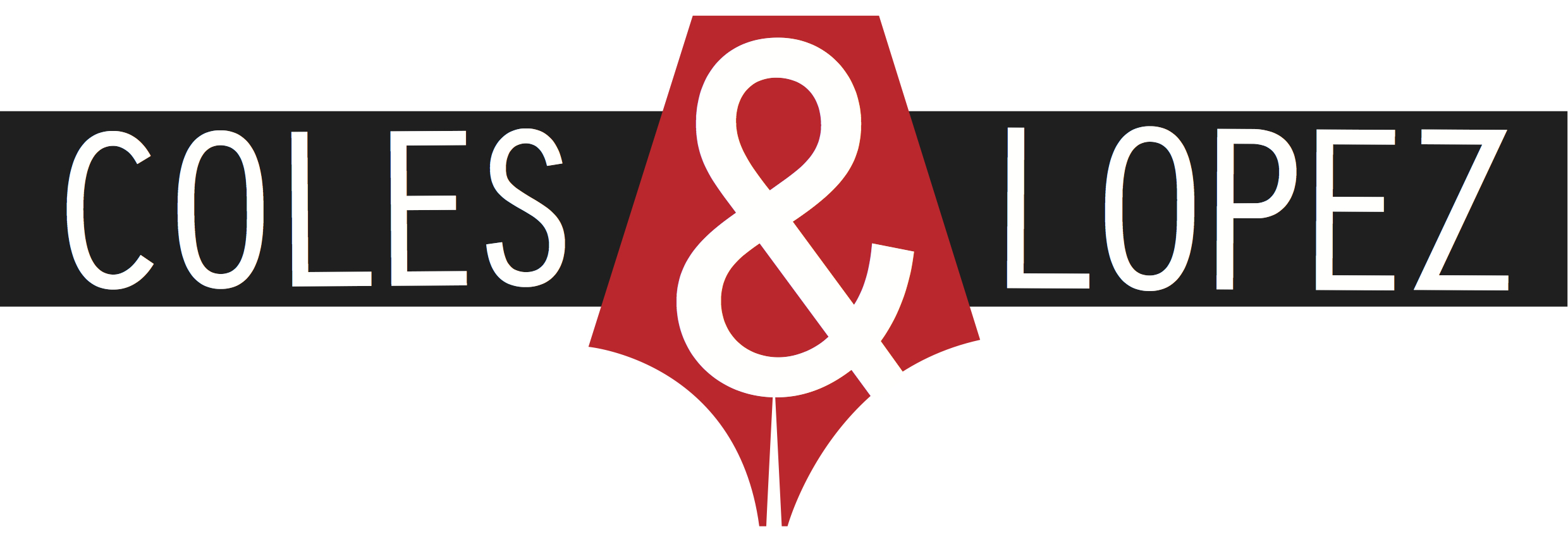Man Repeller: Seeking Love. Finding overalls.
Disappointing in both style and substance.
Leandra Medine is the woman behind The Man Repeller, a hugely popular fashion blog.
This book is a memoir of sorts, although Medine was only 24 when it was published. In it, she writes about her lifelong fascination with fashion, the origin story of her blog, and her on-off relationship with the man who is now her husband.
I’m not a reader of Medine’s blog, but a lot of my cool, funny, smart, interesting female friends love it and find her hilarious.
It’s true that Medine is likeable and authentic, with a self-deprecating sense of humour that no doubt makes her stand out from a lot of fashion bloggers out there.
But, despite that, I found Man Repeller: Seeking Love. Finding Overalls really, really disappointing, for two main reasons.
First, her writing style is cringe-making. She constantly uses 10 words where one will do, and uses as many synonyms as possible for the same thing, like a high-schooler showing off her vocabulary. Also, a lot of those big words just don’t quite mean what she thinks they mean.
Here are a few examples. These sentences aren’t even unusual – you could close your eyes, point anywhere in the book and come across something very similar:
Though I had been a long-time proponent of the truism that money can’t buy happiness, shoes declared that money could most certainly rent it.
It was probably an even worse thing when he could recognize and then chastise the very routine of my inclinations.
The irony of femininity is deeply rooted in a most paradoxical relationship with menstruation.
Peter was a fantastic distraction. He even became the focal point of my romantic woes, never the success, though.
Encompassed by a most cliché ability to mask true authenticity, wedding dresses aren’t the garments that drive the female memory; they’re just the ones that try really hard.
Second, Medine’s message is flat-out bad for women.
Her a-ha moment comes when she realises her relationships aren’t working out because men don’t like the way she dresses. (Apparently, men are so superficial that they choose their life partners based on the distinction between a “bib necklace” and a “dainty chain”.)
She decides to embrace this concept and start a blog. Her philosophy, she says, is that “[w]omen should dress for themselves – no one else – and have fun doing it”.
I can’t argue with that. I mean, didn’t we all stop arguing with that at least 50 years ago?
But Medine seems to genuinely believe that she has to choose between dressing the way she wants and finding love – that she actually can’t have both.
And her blog readers feel the same way. When she gets married, there’s a huge backlash online from people who feel betrayed that the Man Repeller has stopped repelling men. Seriously?!
In the end, the moral of the book seems to be: “If you dress the way you want, men won’t find you attractive. But, if you’re as lucky as I was, you might find the one man who likes you anyway.”
If this is what passes for empowerment in the 21st century, we’re all in trouble.

